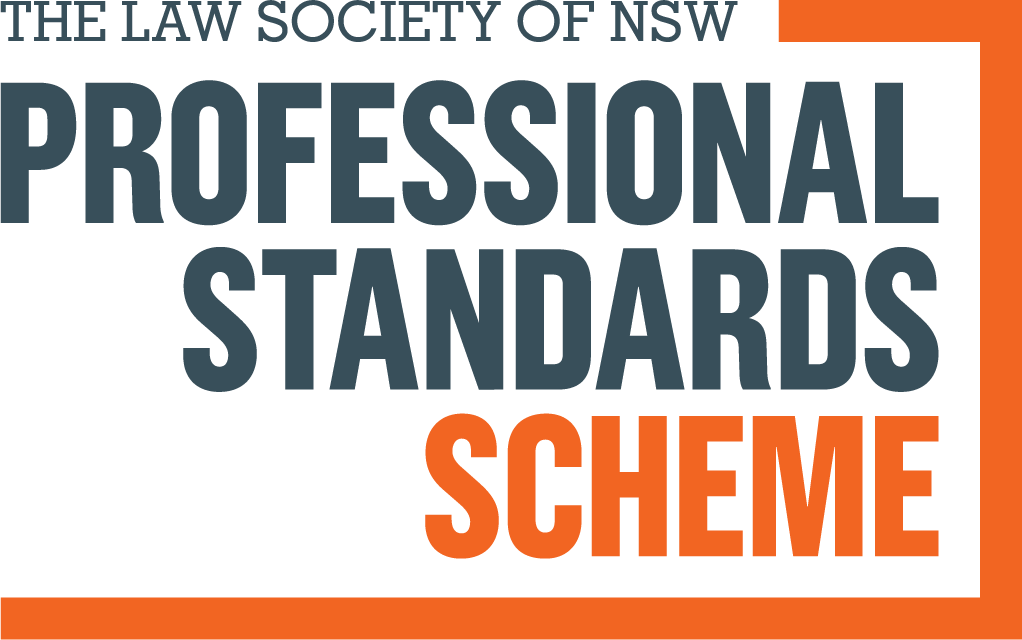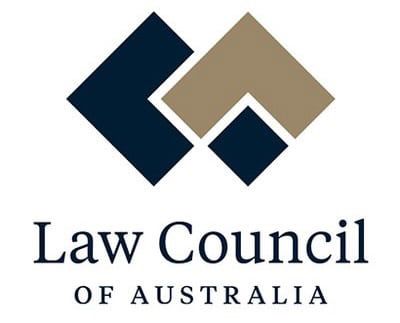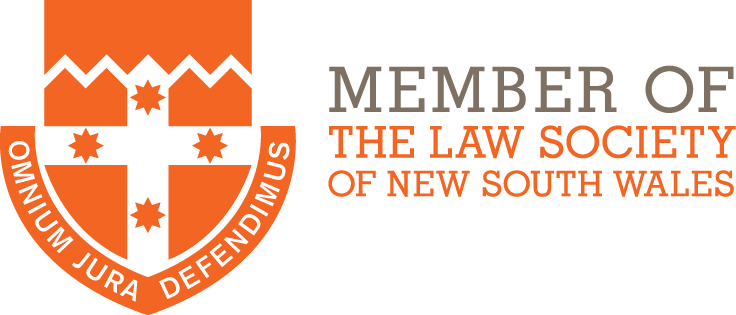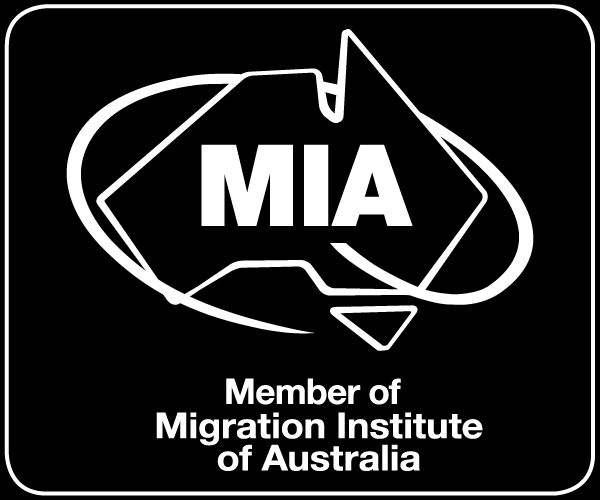Refugee Visas (Subclass 200, 201, 203 and 204)
If you or someone you love is facing danger, violence, or persecution in your home country, you don’t have to face it alone. Australia offers a lifeline through its offshore humanitarian program – a series of refugee visas that help people escape immediate harm and start a new life in safety.
These visas—Subclass 200, 201, 203 and 204—are designed for people in critical need. Each visa has a specific focus, but all share one goal: to protect human lives and restore dignity.
At CIA Lawyers, we help you understand these pathways and support you through every step. Let’s break down exactly what each visa offers, how to apply, and how we can help you secure the future you deserve.
What Are Offshore Refugee Visas?
Offshore refugee visas are granted to people who are outside Australia and are unable to return home because of serious threats to their safety, such as:
- War or armed conflict
- Political persecution
- Religious discrimination
- Gender-based violence
- Human rights violations
Australia recognises that some people simply cannot wait years for safety. These visas offer urgent resettlement, especially for those identified by the United Nations High Commissioner for Refugees (UNHCR).
Subclass 200 – Refugee Visa
This is the most common of the refugee visas.
It’s for people who are outside their home country and face persecution due to their:
- Race
- Religion
- Political opinion
- Nationality
- Membership in a particular social group
You must be referred by the UNHCR for resettlement in Australia. Once granted, the visa allows you and your immediate family to live in Australia permanently.
You’ll be able to:
- Work and study
- Access Medicare
- Receive social support
- Apply for Australian citizenship after meeting the residency requirements
This visa is a lifeline for those who have no other safe option.
Subclass 201 – In-Country Special Humanitarian Visa
Unlike the others, this visa is for people who are still in their home country, even though they’re at serious risk of harm.
Most applicants are individuals like Afghan Locally Engaged Employees who worked for the Australian Government and can’t leave due to extreme threats or lack of exit opportunities.
You must:
- Be facing persecution in your home country
- Be unable to seek refuge elsewhere
- Be recognised as in urgent need by the Australian Government
It’s a rare pathway, but absolutely essential for those trapped in hostile environments.
Subclass 203 – Emergency Rescue Visa
This is the fast-track option for urgent cases.
It’s only for people in immediate danger of being killed, imprisoned, or severely harmed—and who can’t wait in a refugee queue for months or years.
These applications are handled with priority and require a referral from the UNHCR. It is not possible to apply for this visa on your own without that official support.
If you’re selected, you’ll be relocated as quickly as possible and given the support needed to rebuild your life in Australia.
Subclass 204 – Woman at Risk Visa
This visa is specifically for women who:
- Are subject to gender-based violence or harassment
- Do not have male protection, such as a spouse, father, or adult brother
- Are living outside their home country and are unable to return due to fear of persecution
Applicants are usually referred by the UNHCR or may be proposed by an eligible family member in Australia. Australia reserves a set number of places each year for women under this visa to ensure they get the protection they need.
This visa is a vital option for women who would otherwise be forgotten in unsafe refugee camps or urban slums.
Eligibility Criteria (Applies to All Subclasses)
While each visa subclass has unique criteria, all refugee visa applicants must:
- Be outside Australia
- Be at risk of persecution or serious human rights abuses
- Pass health, character, and security checks
- Be assessed as in need of resettlement and unable to return safely to their country of origin
Compelling Reasons Requirement
Applicants must show that they have strong reasons for seeking refuge. These reasons may include:
- Length of time in dangerous or unstable conditions
- Degree of physical or emotional harm suffered
- How vulnerable the person is (e.g., children, elderly, disabled, women at risk)
- Whether they have family ties in Australia
These reasons are weighed carefully by Australian immigration authorities.
The ‘Split Family’ Provision
If you have an immediate family member already in Australia on a refugee visa, they can propose you for resettlement. This must be done:
- Within five years of their visa being granted
- Only if they declared the relationship in their original application
Family reunification under this provision helps to keep families together and strengthens community ties.
How to Apply
Applying for a refugee visa is a serious and structured process. Here’s what’s involved:
1. Complete the Required Forms
- Form 842 – Application for an Offshore Humanitarian Visa
- Form 681 – Refugee and Special Humanitarian Proposal (if you’re being proposed by a family member in Australia)
These forms must be completed honestly, accurately, and with all required documents.
2. Lodge the Application
Applications must be sent:
- By post to the Department of Home Affairs or the appropriate overseas visa office
- Online in certain cases, especially when submitted by a proposer in Australia
Note: You cannot email your application.
Visa Benefits – What You’ll Get
Refugee visas offer permanent protection and many life-changing benefits, including:
- Permanent residency in Australia
- The right to work and study
- Full access to Medicare
- Support with housing, employment, and English classes
- Eligibility for social services and Centrelink payments
- The chance to apply for citizenship after fulfilling residency requirements
You’re not just given shelter—you’re given a chance to rebuild with dignity and hope.
Why Choose CIA Lawyers?
Applying for a refugee visa can be stressful and emotional—but you don’t have to face it alone.
At CIA Lawyers, we’re not just immigration professionals—we’re passionate about helping people find safety and hope.
Here’s how we make your journey easier:
- We listen to your story with care and understanding
- We guide you on which visa best suits your situation
- We prepare and lodge your application to avoid mistakes and delays
- We follow up with immigration officials and advise you at every stage
- We stand by you, offering honest answers and reliable legal support
We’ve helped many families escape danger and find peace in Australia. Let us help you too.
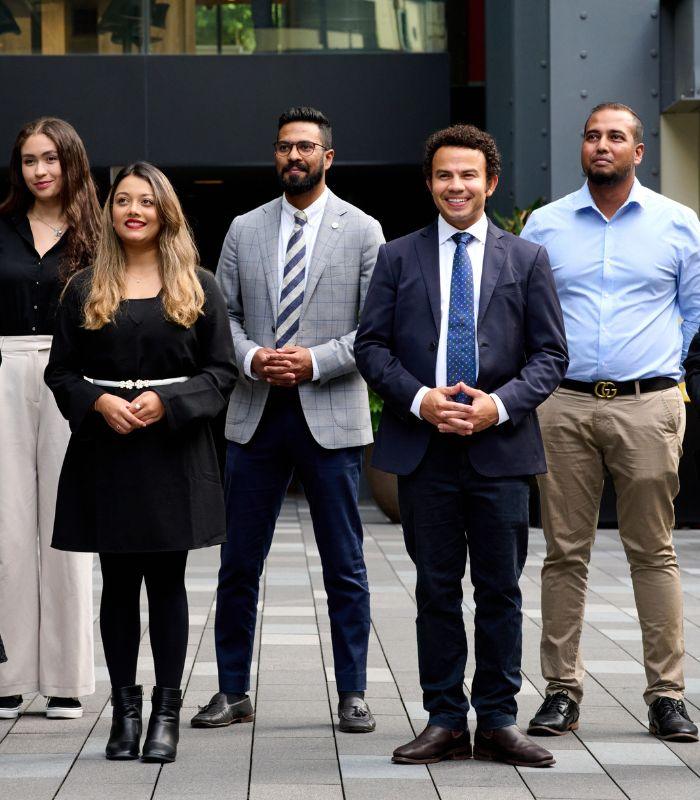
Conclusion
Securing a refugee visa to Australia offers crucial protection for those facing persecution. With subclasses 200, 201, 203, and 204, each offers unique pathways depending on your specific circumstances.
The process can be complex, but understanding the requirements and receiving the right support can significantly improve your chances.
If you’re seeking protection, it’s essential to know the visa options, meet eligibility criteria, and submit a well-prepared application. By doing so, you take a vital step toward a safe future in Australia.
FAQs
Can I include my family in my application in Refugee visas?
How long will it take to process my Refugee visa application?
Do I need to speak English for Refugee visa?
Will I receive housing and job support?
What if I’m rejected?
Our Process
Connect with a qualified solicitor to discuss your immigration needs and determine the best strategy for securing your visa under Australian immigration law.
Our legal consultants will guide you through the preparation of all required documentation, including any necessary written or oral submissions.
We stand by your side throughout the entire process, advocating on your behalf and supporting you until your visa application is successfully approved.
Visa Services
- Visitor Visas (Subclass 600)
- Student Visas (Subclass 500)
- Work Visas
- Partner Visas (Subclass 820/801)
- Family Visas
- Business & Investment Visas
- Skilled Migration
Let Us Help You !
we are dedicated to helping you achieve your visa and immigration goals.

